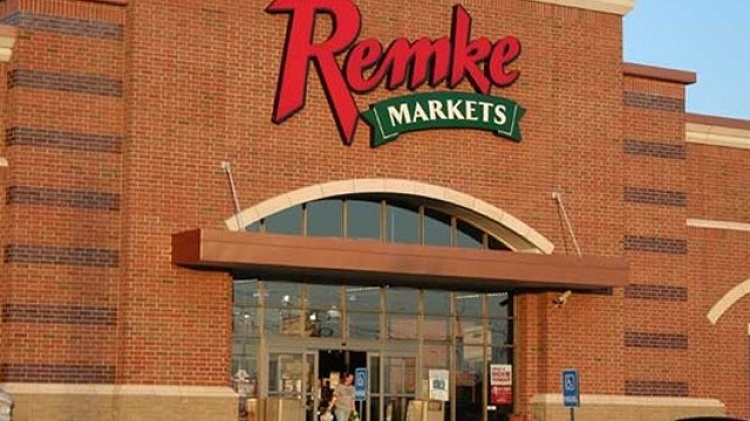Section 1: The Rise of SPACs
Special purpose acquisition companies, or SPACs, have gained immense popularity in recent years as an alternative route for companies to go public. Unlike traditional initial public offerings (IPOs), SPACs allow private companies to merge with a publicly traded shell company, thereby bypassing the lengthy and complex IPO process. This method offers several advantages, including faster access to capital markets, reduced regulatory scrutiny, and greater certainty in valuation.
The merger between SoFi and Social Capital Hedosophia Holdings Corp. V is a prime example of this trend. By teaming up with a SPAC, SoFi can expedite its path to becoming a publicly traded company and access the necessary funds to fuel its growth plans. The $250 million cash injection from the SPAC will provide SoFi with additional capital to expand its product offerings and invest in technology enhancements.
Section 2: SoFi’s Journey and Market Position
SoFi, short for Social Finance, was founded in 2011 as an online lending platform targeting student loan refinancing. Since then, it has expanded its product suite to include personal loans, mortgages, investment services, and insurance. The company has built a strong reputation for its user-friendly interface, competitive interest rates, and innovative approach to financial services.
With over one million members and more than $50 billion in funded loans, SoFi has established itself as a prominent player in the fintech space. Going public will provide SoFi with increased visibility and credibility, enabling it to attract more customers and expand its market share. Moreover, being a publicly traded company will give SoFi access to additional capital, which can be crucial for its future growth and expansion plans.
Section 3: Potential Opportunities and Challenges
The merger with Social Capital Hedosophia Holdings Corp. V presents several opportunities for SoFi. Firstly, it will provide the company with a substantial amount of cash to invest in its technology infrastructure and product development. This infusion of capital can help SoFi enhance its platform, improve customer experience, and introduce new features to stay ahead of the competition.
Secondly, going public through a SPAC can offer SoFi greater flexibility in terms of valuation. Unlike traditional IPOs, where the company’s valuation is determined by underwriters and market demand, SPAC mergers allow for more direct negotiations between the private company and the SPAC. This can potentially result in a more favorable valuation for SoFi, benefiting both existing shareholders and new investors.
However, there are also challenges that SoFi may face as a publicly traded company. Increased scrutiny from regulators and shareholders can put pressure on the company to maintain high standards of governance and transparency. Additionally, being subject to market fluctuations and investor expectations may require SoFi to consistently deliver strong financial performance to meet the demands of its shareholders.
Section 4: Implications for the Fintech Industry
SoFi’s decision to go public through a SPAC merger reflects the broader trend within the fintech industry. As more fintech companies mature and seek access to public markets, SPACs offer an attractive alternative to traditional IPOs. This shift highlights the growing recognition of fintech as a viable and disruptive force within the financial services landscape.
The success of SoFi’s merger with Social Capital Hedosophia Holdings Corp. V could pave the way for other fintech companies to follow suit. The availability of capital through SPACs can fuel innovation and accelerate the growth of fintech startups, ultimately reshaping the financial industry as a whole.
Conclusion
SoFi’s decision to go public through a merger with Social Capital Hedosophia Holdings Corp. V signifies a significant milestone for the company and the fintech industry as a whole. By leveraging the benefits of a SPAC merger, SoFi can expedite its path to becoming a publicly traded company and access the necessary capital to fuel its growth plans. This move highlights the increasing popularity of SPACs as an alternative route for companies to go public and underscores the transformative potential of fintech in reshaping the financial services landscape. As SoFi embarks on this new chapter, it will be interesting to observe how the company navigates the challenges and opportunities that come with being a publicly traded entity.



